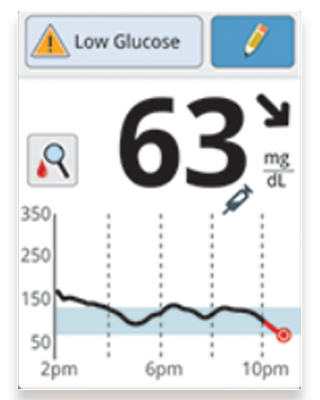INTRODUCING CGM
HOW DOES THE
TryCGM WORKS ?
LEARN MORE ABOUT CGM SYSTEMS.
Say goodbye to the pain of pricking your fingers.
It takes about one hour for some systems to start working.
At TryCGM some of our sensors last up to 14 days, giving you peace of mind that your glucose that you can focus on living life and not pricking your finger.
With CGM, your glucose, your glucose control will improve. Studies have shown that together with a healthy diet and tighter glucose control, your A1C levels can improve.
GET YOUR FIRST READING JUST ONE HOUR AFTER INSERTING YOUR SENSOR
What is CGM?
CGM is a continuous glucose monitor for continual monitoring of your blood glucose readings. Prior to CGM, people with Diabetes and others wanting to check their blood sugar, needed a glucose monitor which required blood. Now with CGM, you can have real time readings without pricking your finger.
How does CGM work?
A CGM Sensor uses interstitial fluid (fluid just beneath your skin) and coverts the glucose levels in that fluid into a human readable number. The sensor is usually worn on the forearm, or the abdomen.
HOW IS CGM USED?
A CGM Sensor is very easy to insert and wear. The CGM sensor comes with an EASY INSERT APPLICATOR, allowing virtually painless insertion and glucose readings within an hour of insertion.
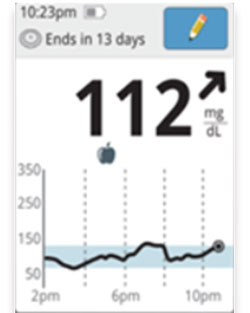
CGM REPORTING
With the included Reader, your glucose readings are stored up to 90 days. Best of all, you or your healthcare professional can download data with our sensor, to have an in depth analysis of your glucose over time.
Convenience
The machine is lightweight and easy to carry, testing your blood glucose level is even easier and painless with CGM because it tests your glucose level without any strips.
User-friendly
CGM has a screen with which you can read your blood sugar level easily. The screen of CGM is back-lit which enables you to see your readings in the dark.
PAINLESS;ONE-SECOND SCAN:
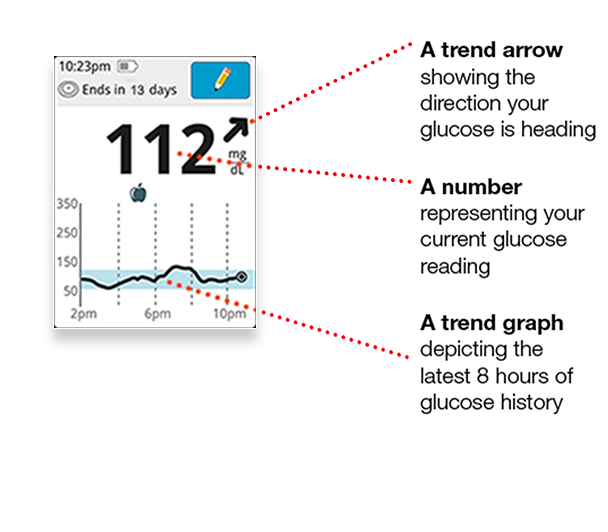
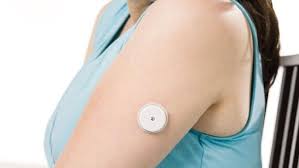
Select an area on the back of your upper arm, avoiding areas with moles, scarring, or recent insulin injections. Select a different site than the one you have used recently.
Preparing your skin is an essential step toward ensuring adhesion.Use an alcohol pad or IV prep wipe, which offers some extra stickiness. Let the area dry completely before attaching your sensor or set or adding any other products.
About the size of two stacked US quarters, the sensor may be scanned through clothing.
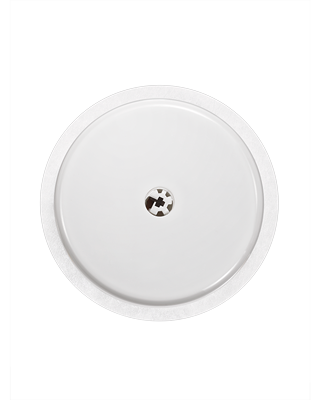
Painless and easy to apply. A very thin filament sits just under the skin to measure interstitial fluid.
No fingerstick calibrations required, and the system has no interference with medications containing acetaminophen.
Stays on the body for up to 14 days, and can be worn while swimming, showering, or exercising.
Measure your glucose every minute, and stores readings every 15 minutes.
WHAT IS CONTINOUS GLUCOSE MONITORING (CGM) ?
Continuous glucose monitoring, or CGM, works by measuring the glucose levels of the substance in and around cells known as interstitial fluid. Unlike traditional blood glucose meter (BGM) technology which relies on a blood sample to calibrate a reading of glucose levels at the time of testing, CGM tracks the glucose levels of interstitial fluid 24/7 through the means of glucose sensor. 1 Glucose levels measured from interstitial fluid indirectly indicate blood glucose levels. This sensor is placed under the skin, typically on the abdomen or arm.
Although CGM technology has recently been popularized and more accessible, the scientific principles behind it date back over 50 years to the early 1960s. After decades of technological development, CGM today is classified as third-generation biosensor blood glucose technology.
The highs and lows of your glucose level can go unobserved with many daily finger sticks products. With the trycgm sensor, glucose levels are constantly monitored, so you can see trends over time that can help you manage your diabetes with ease and comfort. If you have type 1 or type 2 diabetes. Our scanner and the use of our products is totally safe for you. Our scanner can help you improve the quality of glycemic control, reduce the risk of hypoglycemia, and permit selection of lower target levels for glucose.

CGM is cost-effective as it is covered by Medicare or Private Health Insurance. If, however, you don’t have insurances you can still avail the product at extremely competitive prices. If you are not insured, or have a high deductible health insurance plan, you can still purchase our scanner and sensors at extremely competitive prices. Prices starting as low as $99 per month.

Using CGM is So Simple. All you have to do is place the sensor anywhere on your skin (preferably on the upper arm) and within an hour of insertion, your blood glucose levels will be available.

WHAT YOUR READER SHOWS YOU..
Just scan your sensor with the your Smart Phone. Instantly your glucose reading will appear with an arrow indicating which way your glucose reading is headed, and a graph showing 8 hours of glucose history.
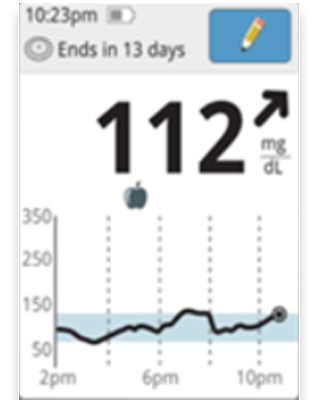
A graph showing the pattern and variability of your sensor glucose over a typical day. The thick black line shows the midpoint of your glucose readings. The gray shading represents a range of your sensor readings.
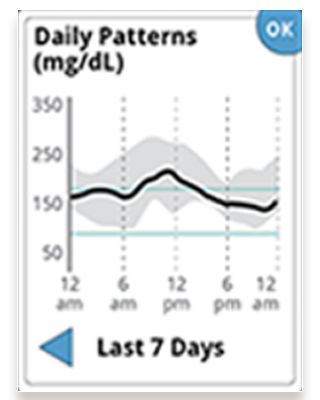
This view provides information about the number of low glucose events measured by your sensor. The total number of events is displayed above the graph. The bar graph displays the low glucose events in four different 6-hour periods of the day. Use the arrows to view your glucose data collected over the last 7, 14, 30, or 90 days. Low glucose events are recorded when glucose readings are lower than 70 mg/dL for longer than 15 minutes.
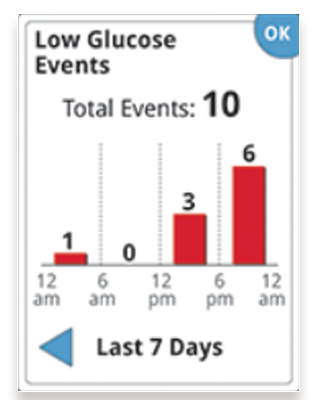
Shows the percentage of time your sensor readings were above, below, and within your target glucose range.
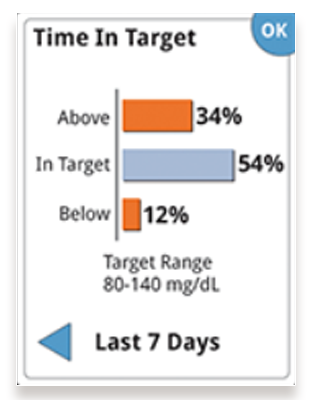
If your glucose reading is rapidly changing, below 70 mg/dL, or projected to be below 70 mg/dL or if there is no glucose number or trend arrow, you will see a visual alert, the Check Blood Glucose symbol. When you see this symbol, do a blood glucose test before making treatment decisions.
